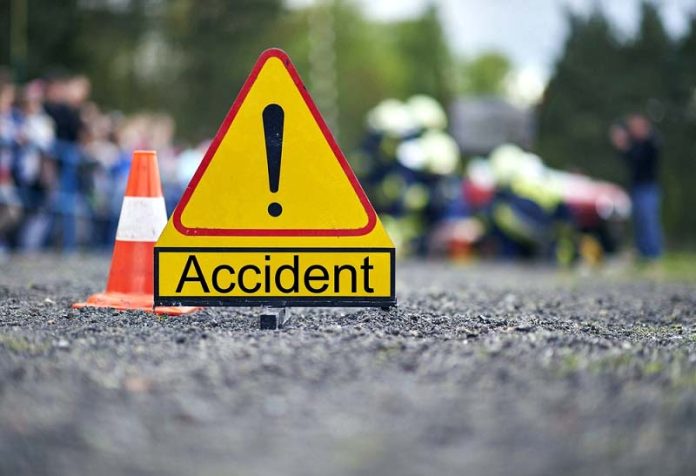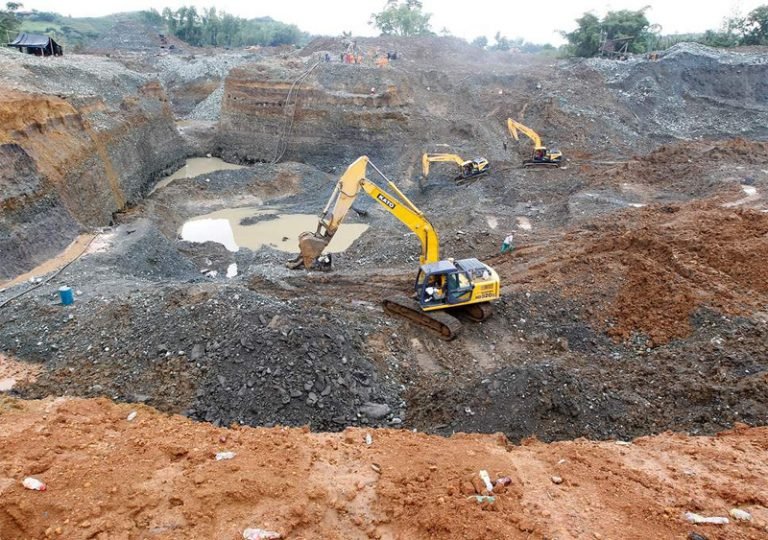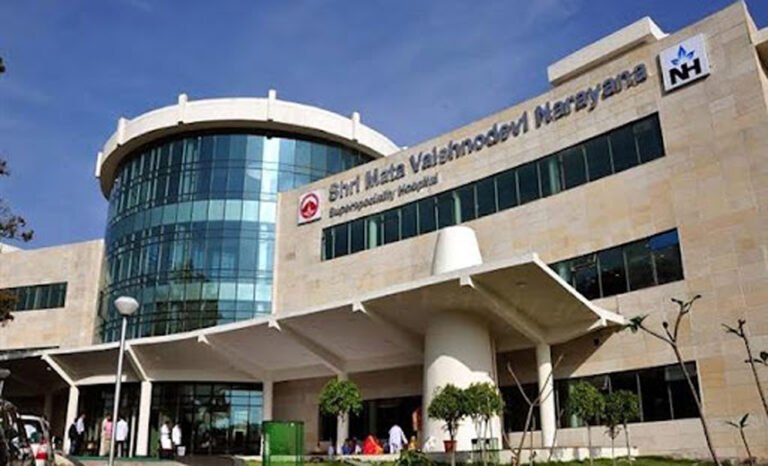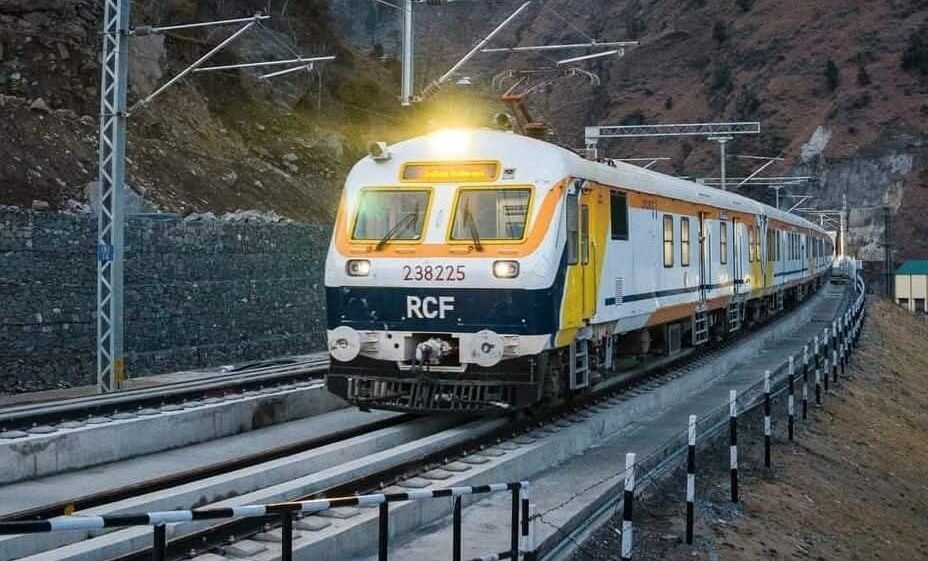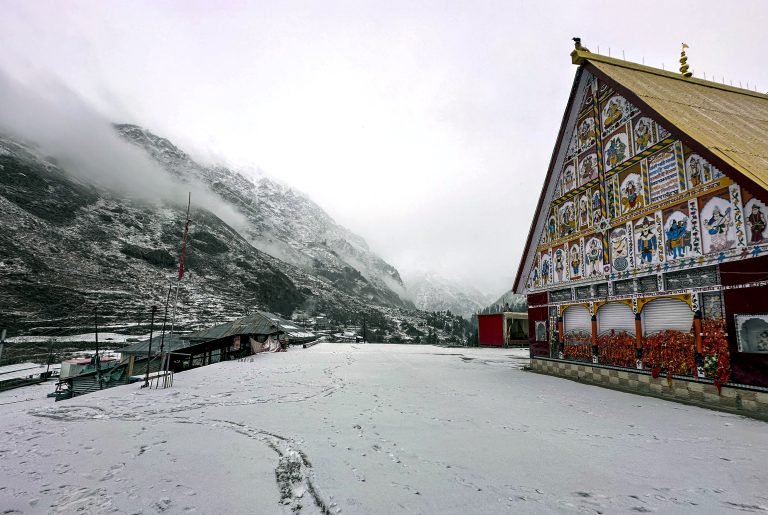Despite India’s nationwide push to enhance road safety, the union territory of Jammu and Kashmir is witnessing a disturbing rise in road accidents and fatalities. While other parts of the country report gradual improvements and a decline in road mishaps post-pandemic, this northern region paints a grim picture.
In this article, we’ll dive into the alarming statistics, causes of accidents, and what is being done—or not done—to tackle the crisis in these vulnerable areas.
Alarming Rise in Road Accidents in Jammu & Kashmir
The numbers are clear—and concerning.
According to official data presented by Union Minister for Road Transport and Highways, Nitin Gadkari, Jammu and Kashmir reported 6,092 road accidents in 2022, up from 5,452 in 2021. That’s a 10% year-on-year increase.
Even worse, fatalities climbed from 774 to 805 in the same period, reflecting not just more crashes but more deadly outcomes.
Overspeeding: The Leading Cause of Road Accidents
Jammu & Kashmir Statistics
Overspeeding is the top reason behind most road crashes in the region. In 2022:
- 5,990 out of 6,092 road accidents in J&K were caused by overspeeding
- 797 deaths were directly linked to speeding
Clearly, speeding is a silent killer on Himalayan highways and city streets alike.
Vehicle Overloading: A Dangerous Habit
Another serious contributor is vehicle overloading, which weakens vehicle control and stability.
- J&K reported 281 overloading-related accidents, resulting in 45 deaths
Enforcing load limits and stricter checks is crucial to prevent these avoidable tragedies.
Driving Without a Licence: A Rising Threat
Driving without a valid licence remains a persistent problem in both territories.
- J&K: 126 accidents in 2022 involved unlicensed drivers (up from 110 in 2021)
This shows a lack of enforcement and awareness, especially among young or rural drivers.
Helmet and Seatbelt Violations: Casual Attitude, Serious Consequences
Many fatalities could be prevented by simply wearing a helmet or seatbelt—yet compliance is poor.
Jammu & Kashmir
- 81 deaths due to riders not wearing helmets
- 113 deaths from seatbelt non-use
Read also: Jammu and Kashmir Road Safety Policy 2025: A Comprehensive Strategy to Reduce Accidents
New Government Initiative: eDAR Portal Replaces iRAD
To modernise accident reporting, the government launched the eDAR (Electronic Detailed Accident Report) system. This platform:
- Replaces the outdated iRAD system
- Integrates with VAHAN and Sarathi
- Enables real-time accident tracking
- Maps accident-prone blackspots
- Helps in claims processing and policy improvements
However, its implementation status in J&K and Ladakh remains unclear. Without full-scale deployment, the benefits remain limited.
Nationwide Road Safety Audits – What About J&K ?
Since 2019-20, road safety audits have been conducted across 13.6 lakh kilometres of highways in India. These audits aim to:
- Identify blackspots
- Recommend short- and long-term measures
- Crash barriers
- Warning signage
- Underpasses
- Geometric realignments
While these are positive steps, the Ministry hasn’t shared region-specific data for Jammu & Kashmir or Ladakh, leaving a gap in transparency and accountability.
Key Challenges in Jammu & Kashmir
1. Difficult Terrain & Harsh Weather
- Landslides, snow, and fog make driving riskier
- Limited visibility and slippery roads increase accident chances
2. Inadequate Road Infrastructure
- Narrow roads, poor lighting, and missing barriers
- Lack of emergency response units on remote stretches
3. Weak Law Enforcement
- Overspeeding and helmet/seatbelt violations go unchecked
- Unlicensed driving is not aggressively penalised
Solutions to Improve Road Safety in the Region
1. Enforce Speed Limits Strictly
Use of speed cameras and heavy fines can act as deterrents.
2. Awareness Campaigns
Mass campaigns promoting helmets, seatbelts, and driving responsibly can change behaviour, especially among youth.
3. Better Infrastructure Planning
- Install rumble strips, crash barriers, reflective signboards
- Improve street lighting in rural and hilly zones
4. Fully Implement eDAR
Ensure the eDAR portal functions seamlessly in these UTs to enhance real-time monitoring and accountability.
The rise in road accidents in Jammu & Kashmir and Ladakh is a wake-up call. While the rest of India shows signs of progress in road safety, these regions are falling behind. Without urgent and targeted action, more lives will be lost on roads that should have been made safer.
Improving road safety isn’t just about stricter rules—it’s about changing mindsets, investing in infrastructure, and holding authorities accountable.
Let’s hope data becomes action, and action brings down these worrying numbers in the years ahead.
Frequently Asked Questions (FAQs)
1. What is the main cause of road accidents in Jammu & Kashmir ?
Overspeeding is the leading cause, responsible for over 90% of reported accidents.
2. Are helmet and seatbelt violations a serious issue?
Yes. Hundreds of deaths each year are linked to non-use of helmets and seatbelts.
3. What is the eDAR system?
The Electronic Detailed Accident Report system is a digital platform that tracks accidents in real-time and integrates with other government databases.
4. Is unlicensed driving common in these regions?
Yes. Both Jammu & Kashmir and Ladakh have seen a rise in accidents involving unlicensed drivers.
5. What steps can be taken to reduce accidents?
Strict enforcement, public awareness, better infrastructure, and proper use of technology like eDAR can significantly reduce road fatalities.

